It can be a scary proposition, but one you'll need to undertake sooner rather than later: cutting your baby's itty-bitty nails. Just like the rest of her, your baby's nails have been growing since before she was born, so she may well be ready for a "manicure" in her first week of life.
Wielding scissors anywhere near your little one's tiny fingers can be daunting, but it's an important task. Those overgrown newborn nails may be softer and more pliable than yours, but they can also be sharp enough for your baby to scratch herself, especially around the face. So brace yourself and start clipping.
Use special baby scissors with rounded tips or baby nail clippers designed for the purpose — some even have built-in magnifying glasses to help you get a good view. Here are some more tips:
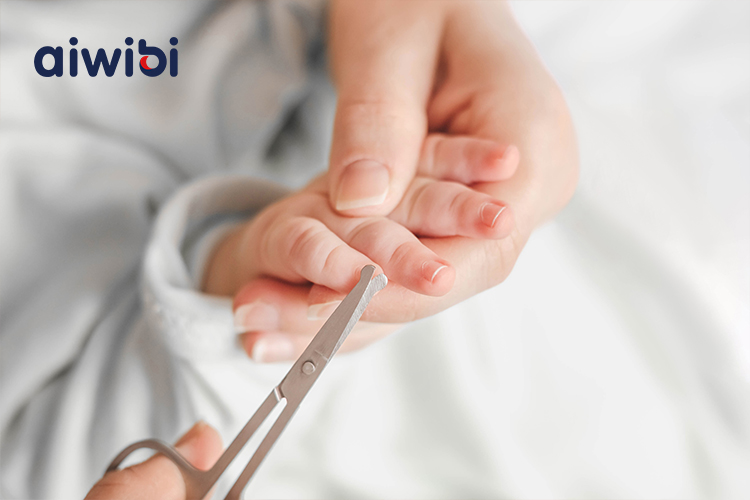
When clipping, hold your baby's finger, pressing the fingertip pad down and away from the nail. Gently snip following the natural curve of the fingernail, taking care that you don't go too low and nip the quick.
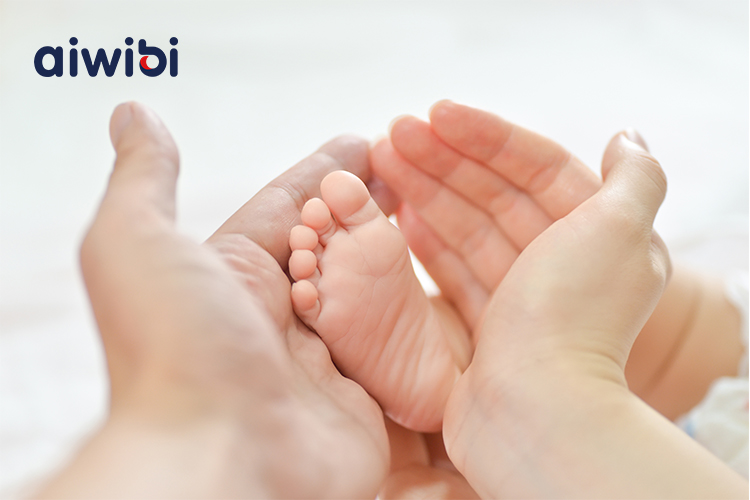
When tending to her tiny toes, cut nails straight across. Keep in mind that toenails grow more slowly and therefore require less maintenance.
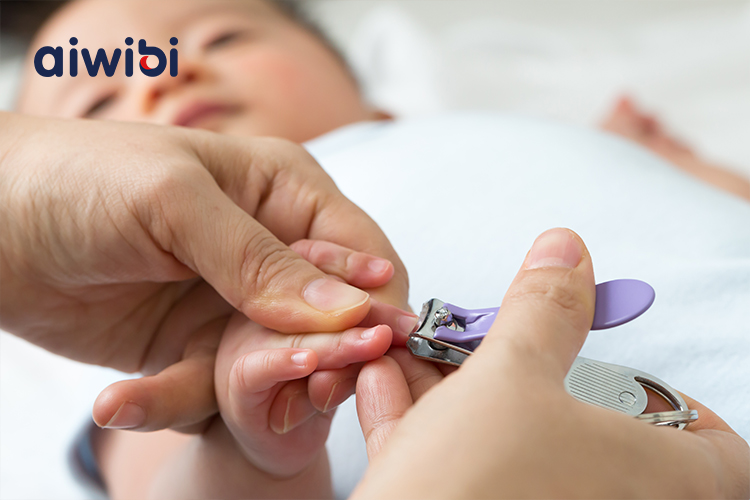
It's easier to cut your baby's nails when she's sleeping. Keep a clipper in your diaper bag so you can seize scissoring opportunities whenever they arise — in the stroller, in the car, during naptime, or at the grandparents' house.
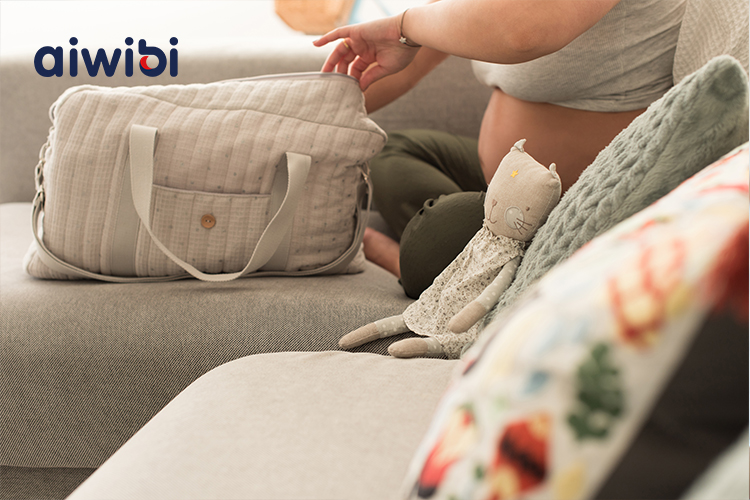
Do the job when you have a helper available — one of you can hold the baby's hands still and distract her with a song while the other clips.
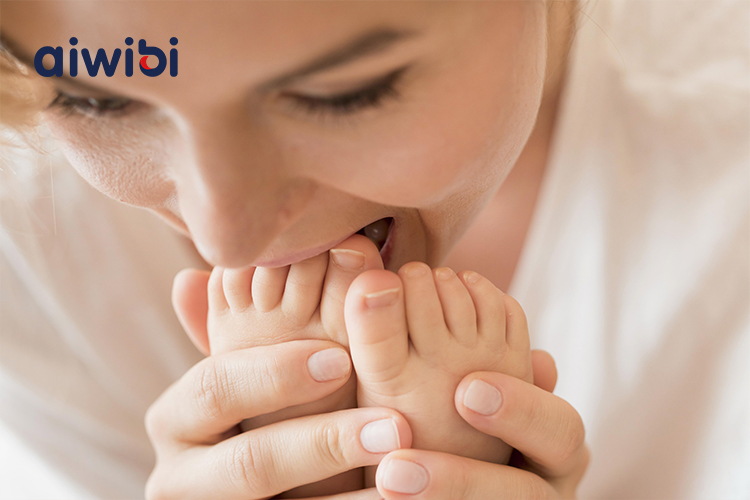
Though some might recommend biting or peeling a baby's nails as an alternative to scissors, it's not advisable due to potential risks: peeling could remove excessive nail, and biting could introduce germs to the baby's skin. If you're too squeamish to use baby nail scissors or clippers, consider gently filing with a baby-sized emery board.
If you cut your baby's finger while trimming her nails, not to worry it happens to every well-intentioned parent! Just don't apply a bandage to the area, it could be a choking hazard if it comes detached. Instead, apply gentle pressure with a clean, lint-free cloth or gauze pad, and the bleeding will soon stop.
